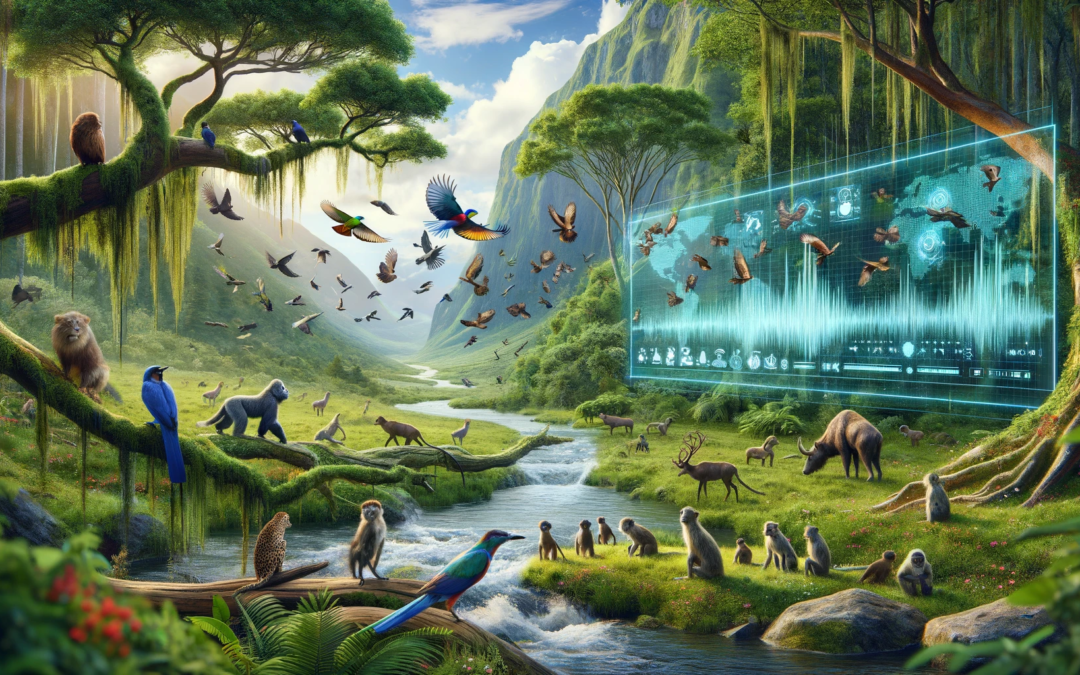The Earth Species Project (ESP) stands at the forefront of a groundbreaking initiative, merging the realms of artificial intelligence (AI) and non-human communication. As a non-profit organization, ESP is dedicated to decoding the languages of the myriad species that share our planet, utilizing the latest advancements in AI to bridge the communication gap between humans and the animal kingdom.
The core of ESP’s vision lies in the belief that understanding non-human languages can profoundly transform our relationship with nature. This ambitious endeavor is fueled by the exponential progress in machine learning and human language processing, particularly techniques capable of translating human languages without relying on dictionaries. By extending these innovative techniques to the non-human domain, ESP aims to revolutionize our understanding of animal communication.
Modern machine learning has the capability to build powerful semantic representations of languages. ESP harnesses this potential to unlock communication with other species. The project’s guiding intuition is that these semantic models can provide insights into the complex vocalizations and languages of various animal species.
Pioneering Projects: Vocalizations and Conservation
One of ESP’s notable projects involves experimenting with AI-generated animal vocalizations. This research, led by Senior AI Research Scientist Jen-Yu Liu, explores the possibility of creating new vocalizations that can address specific research questions or tasks. These vocalizations have been tested on species like chiff-chaffs and humpback whales, with interactive playback experiments conducted on captive zebra finches. This innovative approach not only expands the horizons of bioacoustics research but also brings to light important ethical considerations regarding animal interaction.
Another intriguing project focuses on mapping the vocal repertoires of two crow species: the Hawaiian crow and the carrion crow. The Hawaiian crow, extinct in the wild and surviving only in captivity, is being studied to understand how its vocal repertoire has evolved over time. This information is critical for ongoing reintroduction efforts. The carrion crow, known for its complex social behaviors, is studied to understand the role of acoustic communication in group coordination. These efforts underscore the cultural and behavioral complexities of animal species, which have significant implications for conservation strategies.
A Dream Realized: The Impact of ESP
Renowned primatologist Dr. Jane Goodall encapsulates the sentiment driving the ESP’s mission: the long-held dream of understanding what animals are saying. With ESP’s efforts, this dream is now inching closer to reality, offering a new dimension of empathy and understanding towards the millions of species that cohabit our planet.
In its pursuit of knowledge and understanding, ESP maintains a commitment to openness and public benefit. As a 501(c)3 tax-exempt nonprofit, the organization is dedicated to releasing its work for the greater good, ensuring that the insights gained from this pioneering research are accessible and beneficial to all.
The Earth Species Project represents a confluence of technology and natural understanding, heralding a new era in our relationship with the animal kingdom. By leveraging the power of AI, ESP is not only decoding the complex languages of other species but also fostering a deeper connection with the natural world, paving the way for more informed and compassionate conservation efforts.










